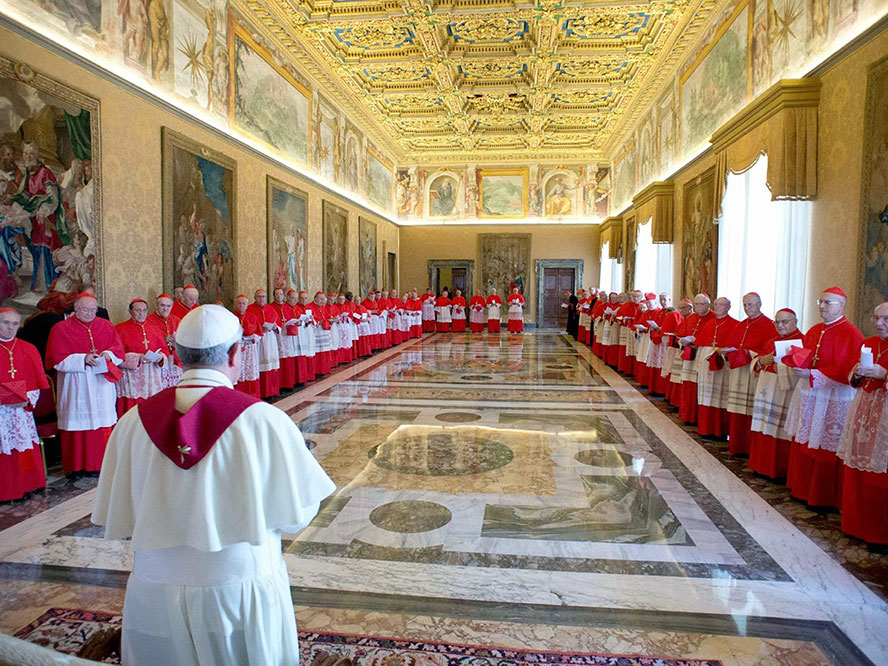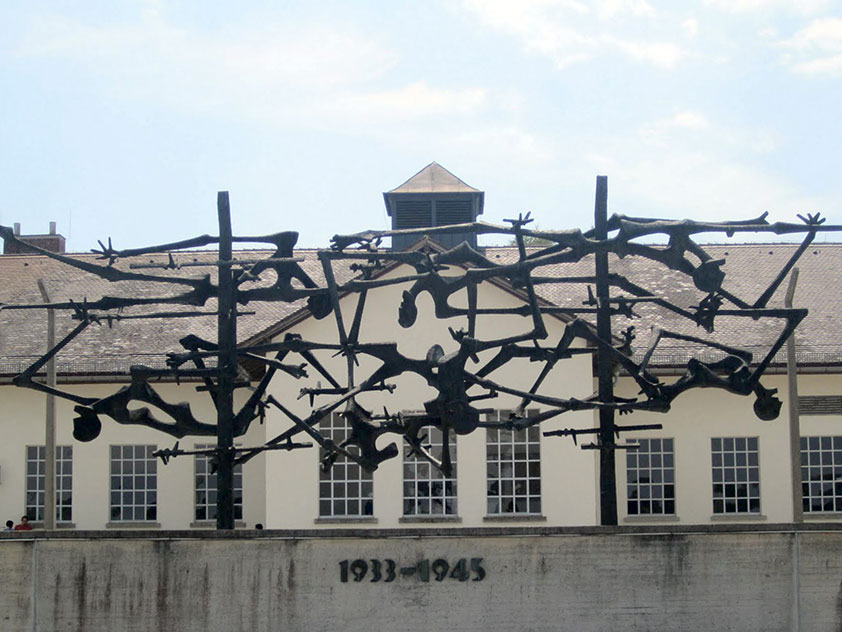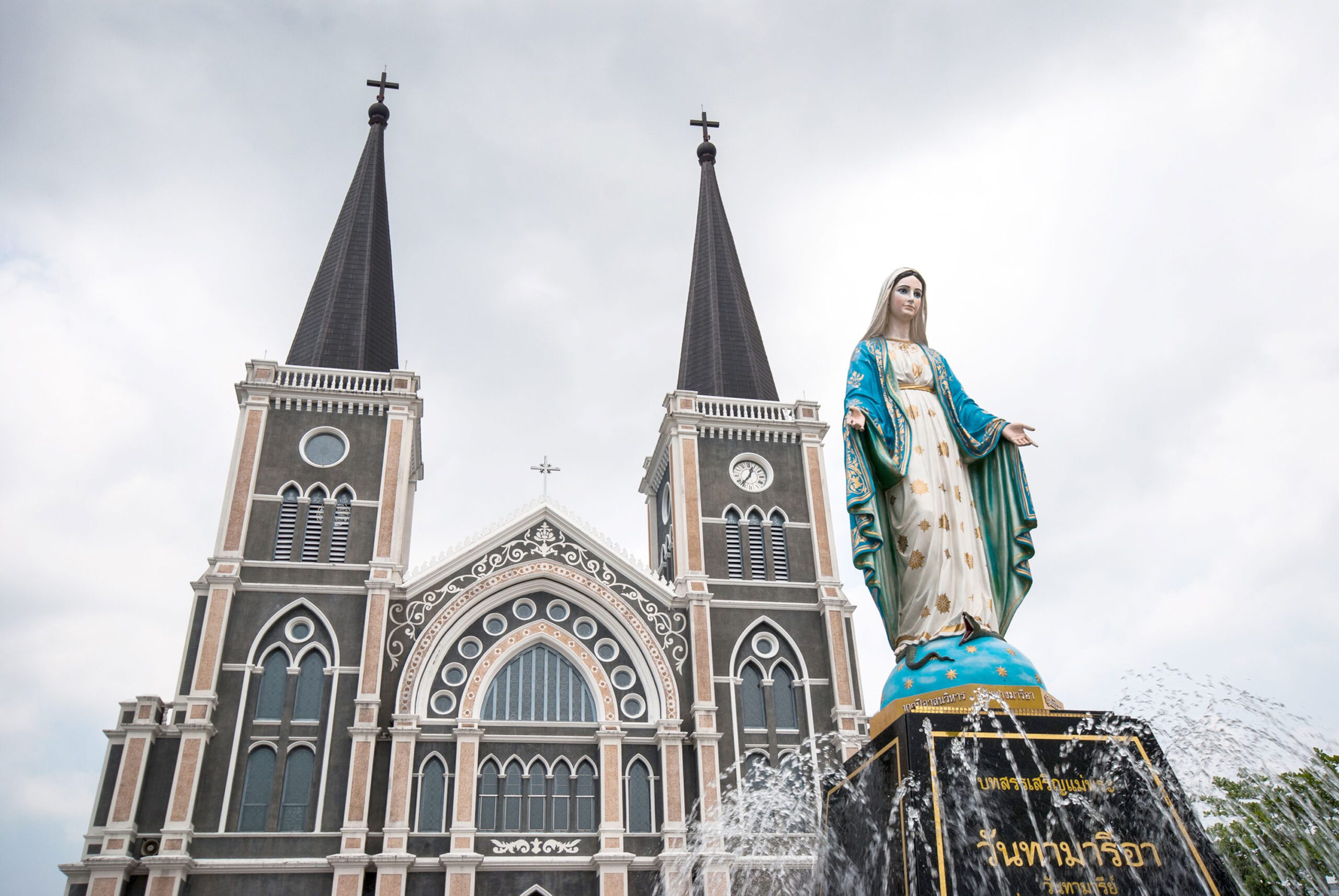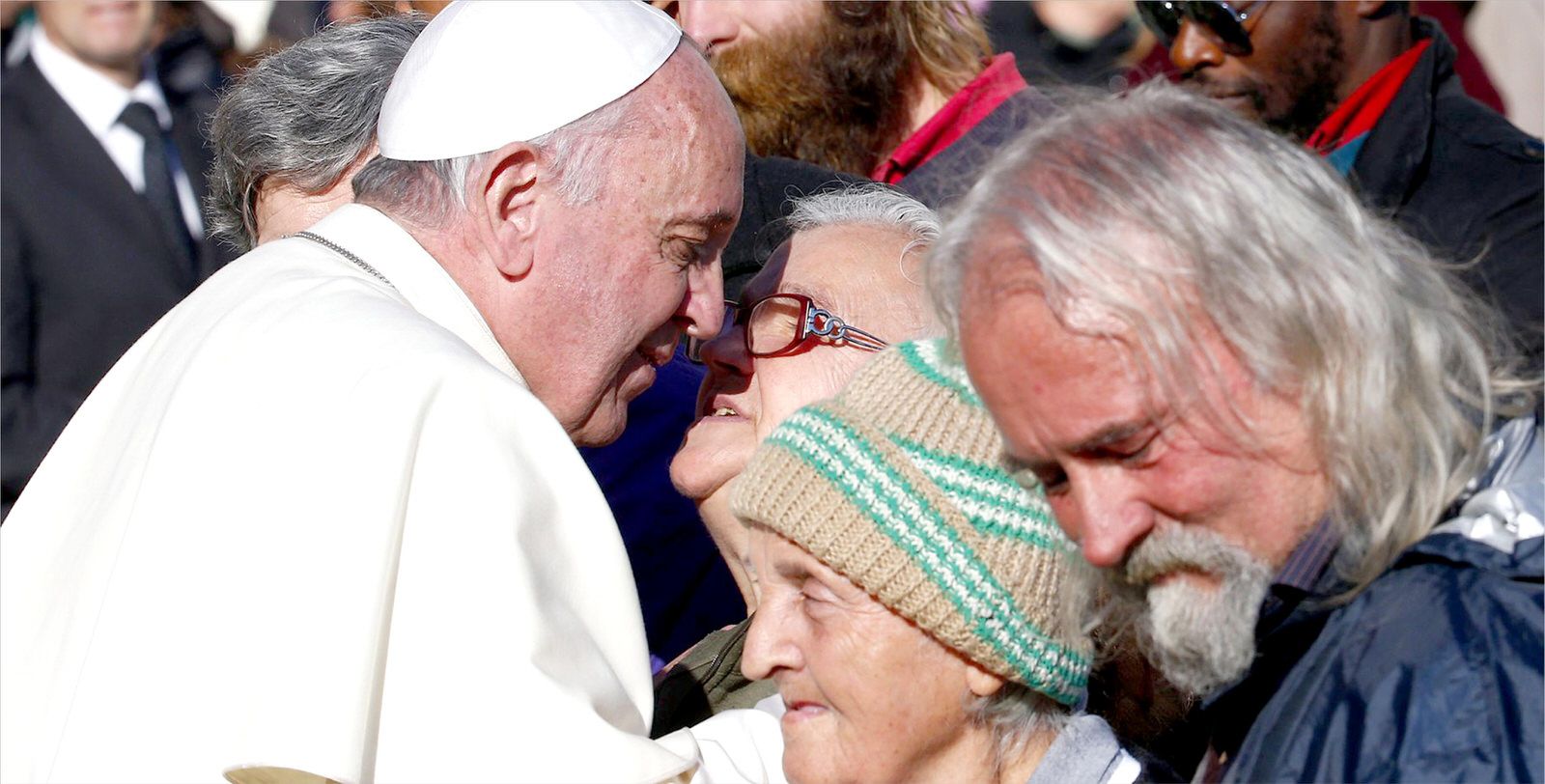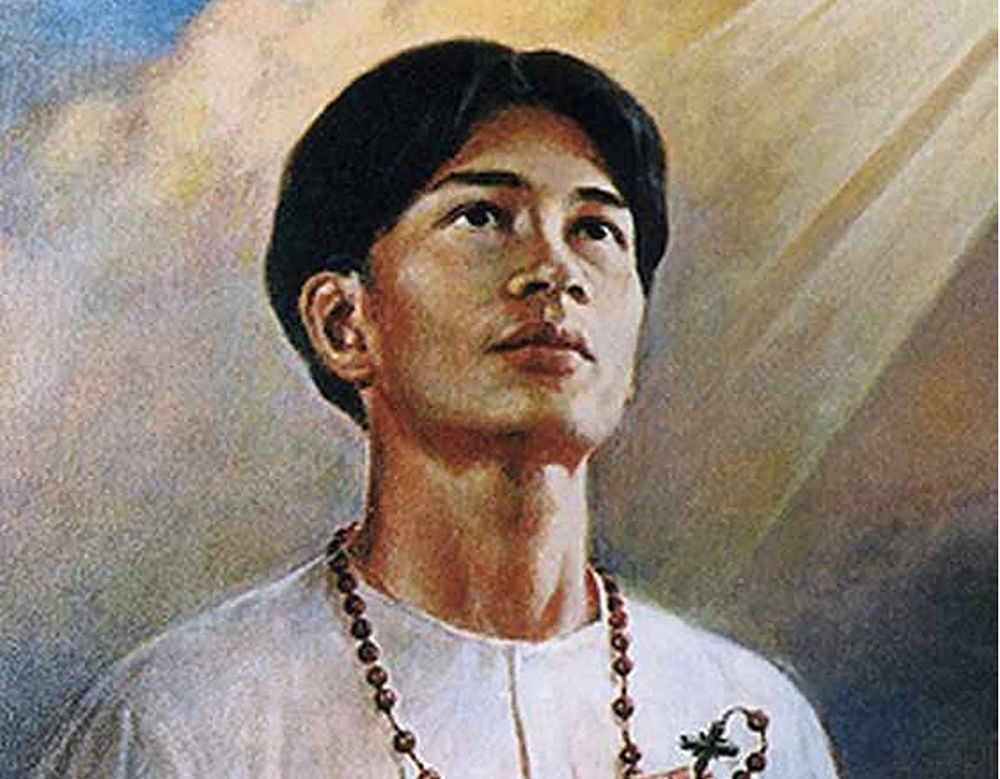The 19th century saw the revival of the missionary work of the Church. The European Church took the lead and, taking advantage of new explorations and interests, sent missionaries to Asia and Africa; then, considered the last frontier to be conquered. Missionaries, however, did not only concentrate outside the Western world but also focused at home. That was when the Church endeavored to reach out to areas of society where it had not been present. As a result, the 19th century saw the birth of the Manifesto of Catholic Workers (1848), of cooperative banks for the poor, as well as new institutions that took care of the poor, the disabled, or those without formal education. It was also the time when missionary animation was regarded as an important tool to make the Church aware of the needs of evangelization.
Among the great missionaries of that time, Daniel Comboni stood out for his methodology. Comboni understood evangelization as a holistic reality. He realized that mission and missionary animation had to mirror all aspects of reality, not only the religious sphere. Comboni accepted traditional instruments like writing letters to his benefactors, but also took advantage of new technologies and opportunities.
In keeping with his holistic vision, he founded the Annali del Buon Pastore, the first missionary-oriented magazine in Europe, which survives to this day as Nigrizia. Aside from this, Comboni continued to contribute articles to and maintained his relations with many magazines around the world. “I have to write as correspondent for fifteen German, French, English and American newspapers,” he wrote in 1878. Comboni wrote in relation to Africa and the missionary endeavor of the Church there. He also published articles on social ills such as slavery and geographical explorations like the discovery of the Nuba Mountains in Kordofan, Sudan.
Comboni’s special attention to the use of media, which has now become his legacy, was passed on to his followers. Wherever they went, the missionaries started a new publication, be it for missionary animation of the local Church, the formation of local leaders, or simply to circulate information. This is an interest that is still going on today.
For example, the magazine published in the Bussere seminar in South Sudan in the 1930’s became an important instrument for the information and formation of local Church leaders. On the other hand, Fr. Tarcisio Agostoni foresaw the importance of preparing new leaders for the future of Africa on the eve of Ugandan independence in 1962. He founded the magazine Leadership, which is still being published today. Leadership became extremely popular in East Africa, reaching more than 50,000 subscriptions per (per year), a real record in the 1960’s. Although this magazine is confined mostly to Uganda today, it still finds its way to many homes and parishes in East Africa.
The Comboni Missionaries still publish international magazines all over Africa. These include New People, in Kenya, Worldwide in South Africa and Afriquespoir in the Congo. In Mozambique, the Comboni Missionaries run the magazine Vida Nova, a diocesan magazine founded by the Comboni Missionaries during colonial times. During the civil war in the 1980’s, Vida Nova remained the only magazine published and widely read in that country.
Meanwhile, in Latin and Northern America and in Europe, various magazines aim at missionary animation of local Churches. In Asia, the Comboni Missionaries run World Mission, which is published in the Philippines and distributed in many Asian countries.
Besides magazines, the Comboni Missionaries are involved in other media platforms. In Uganda, the Combonis founded and still run Radio Wa in the diocese of Lira, and Radio Pacis in the diocese of Arua. These two radio stations received various awards in recognition of their work and for reaching out to as many people in the population. In Kenya, the radio production Sauti ya Ghetto, i.e., “Voice from the Slums,” helped in sharing news about the poorest neighborhoods of Nairobi. Radio Bakhita in Juba, Sudan is the missionaries’ latest project. The radio station covers most of South Sudan and offers news, entertainment and educational programs. In other countries, missionaries cooperate with the local media. Commitment in media work also extends to video production in many countries.
THE EFFECTS OF GLOBALIZATION ON MEDIA AND MISSION
Comboni’s use of media best addressed the challenges of his time. For one, the magazine he founded in Italy was adequate to the task. However, given the bigger challenges that society presently faces, one cannot say the same of the media being run by the missionaries today. To be sure, magazines are not enough. This is because people tend to read less and less print materials. Besides, new media, such as online publications, blogs and social networking sites, are taking over. Because of globalization, technological advances are being felt the world over, even in the smallest urban centers of the world. Clearly, these times call for new answers and new instruments for evangelization.
Globalization is nothing new. According to historians, the present wave of globalization started during World War II, and it is still going strong. Globalization is felt everywhere. As an economic phenomenon, particularly the financial aspect of it, it has come to the forefront of social life in the past decades. As a political phenomenon, it has engaged nations at arriving at shared or common choices to confront problems. This meant that cultural and historical differences are less and less taken into account by global political ideas, sometimes creating unrest and tension. More importantly, globalization has made faster travel and communication a reality.
Never before in history has the human being been able to travel and communicate as fast as society does today. In the 19th century, travelers had to embark on long journeys to go anywhere. Back then, one would have to endure two to three months of travelling to get from Central Europe to Central Africa. Today, however, the same distance is covered in a few hours.
Just a few decades ago, calling from Africa to Asia was a cumbersome exercise, a costly affair if at all possible. Today, anyone with a mobile phone can call anywhere, often at a fraction of the cost. In many regions, international calls are treated as local ones. Many now laugh at traditional mail, sarcastically referred to as snail mail, simply because e-mail and other similar services allow one to communicate instantly with people anywhere at practically no cost.
Social networks have become real ‘places’ where people meet and share ideas, proposals, and messages as well. During the revolutionary wave of protests in the Middle East starting 2010 that came to be known as the “Arab Spring,” the youth organized themselves and communicated using mobile phones. In 2005, the Ethiopian government recognized this potential of new media early on and placed a tight control on short messages to curb the ability to organize civil unrest at the grassroots. This resulted in the control of the flow of news by a handful of agencies, which filtered or censored news.
TAKING THE LEAD
Aware of the power of media to enhance the dissemination of information, many missionary institutes came together in 1997 to start a news agency. The Comboni Missionaries were asked to take the lead. As a result, MISNA, the Missionary News Agency, was born in Rome. MISNA publishes bulletins in five languages which are updated continually. The agency has revolutionized the flow of information and, in many cases, has brought to light events around the world which otherwise would have remained hidden or which major news agencies could have ignored.
Sadly, almost two decades after its foundation, MISNA has lost a little of its mettle. However, its strength remains in its network of thousands of missionaries around the globe that continue to serve as its eyewitnesses, people who offer a new slant to the news, who propose a different interpretation of facts, and who recognize their importance for the local population. In doing so, the missionary Church has given a voice to the people of the South, a legacy that MISNA can be proud of.
COMBONI MISSIONARIES AND NEW MEDIA
Besides actively participating in MISNA and other similar activities, the Comboni Missionaries have promoted their presence in new media. While it is true that people are reading publications less and less these days, most of them have switched to digital media to get information. These people, mostly from the younger generation, are now looking at the internet for information and entertainment because it is cheaper and faster.
Realizing the potential of the internet and digital media, the Comboni Missionaries have begun migrating all their magazines to the web. Initially, they created a website to simply mirror the content of their publications. But this did not seem enough. That is why, in 2008, the Comboni Missionaries decided to produce a new magazine, only this time, it was not on paper! Southworld.net thus became the congregation’s first monthly magazine that is published entirely on the net.
Southworld is a small enterprise compared to the huge task of reaching out to as many people in all continents as possible. Yet, it is an initiative that is rooted in Comboni’s vision to try new roads and to speak to those who are ready to listen. The online magazine is published in English, the common language of the internet. It is, therefore, easily understood and retrieved all over the world. The editorial board sits in London, but contributors come from many different countries.
Admittedly, the Comboni Missionaries’ presence in social media is still little. The missionaries believe the major obstacle to using this kind of media is the ambiguity it carries and its lack of ethical standards. Because of the anonymity it affords its users, social media is a preferred avenue for people who wish to collect information about others or exploit the cyber-communication to their own ends. This feature of social media makes it difficult to establish a platform where people can meet and share without attracting unwanted attention. As such, many missionaries have resorted to running blogs, which are less personal and slower than social media, but allow for interaction with a wider public. A blog allows the sharing of insights and can function as a locale for a group meeting, albeit a virtual one.
EXPANDING COMBONI’S LEGACY
Comboni is perhaps the greatest missionary animator among the founders of missionary institutes of the 19th century. One reason is because some founders remained in or were only restricted to Europe, with only theoretical knowledge of Africa. Others, like Msgr. Melchior de Bresillac, founder of the Society of African Mission, died prematurely during his mission’s maiden journey to Africa. Compared to Comboni, these founders did not have the knowledge, time and experience to elaborate a missionary animation methodology for the continent. Comboni’s keen interest in Africa also played an important role in the success of his endeavors. When he wrote about a subject, for example, he often quoted relevant literature or the people with whom he discussed the matter. From his letters, one can surmise that he knew the important people in Europe and Africa who could help him in his mission.
Many Comboni Missionaries have taken up his legacy. However, merely looking at the history of the Institute and counting the publications founded by the Comboni Missionaries may not be enough to prove this. The presence of the Comboni Missionaries in media and their ability to adapt to new technology are also a testament to this legacy. However, much more can still be done.
ANIMATION IN ALL ASPECTS OF SOCIETY
Today, missionary animation remains a challenge for the missionaries, both in the North and in the South hemispheres because of evolving culture and attitude. Because of this, missionaries are called and challenged to animate the Churches where they live in to a greater missionary awareness, in line with Comboni’s heritage. But in order to do this, bold decisions have to be made. In addition, missionaries should not be confined to narrow horizons. Like Comboni, his present-day disciples are called to bring missionary animation beyond the local religious horizons. Their presence must be felt in all strata of society, using all the available methods and technologies.
In Europe and the United States of America, for example, the Comboni Missionaries participate in political lobbying. They do so through their work in media and by participating in groups like the Africa-Europe Faith and Justice Network. Like their American and European brothers, the Comboni Missionaries can have a bolder political presence in Africa, Latin America and Asia by working closer with their political contacts in the country they live in or in regional groupings like the African Union. These interactions can have an important influence on the decisions of political leaders.
Two centuries after he set out to accomplish his mission, Comboni continues to challenge his missionaries to use the most modern tools at one’s disposal, to be “all” in the words of St. Paul, to enhance missionary animation and to reach out to as many in society as possible. This is a challenge that should not go unheeded, a challenge that the Comboni Missionaries should always strive for.








